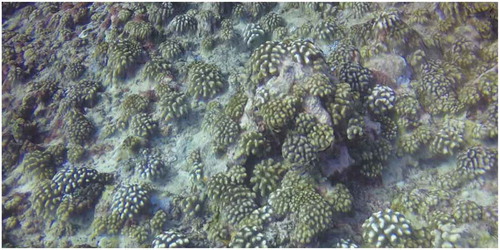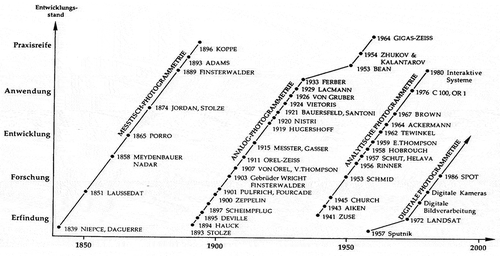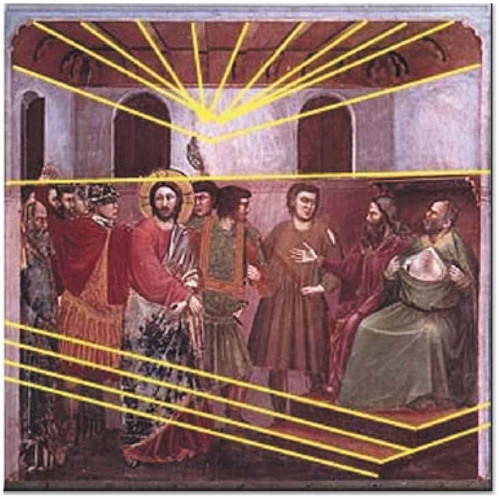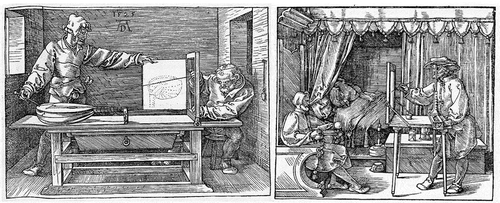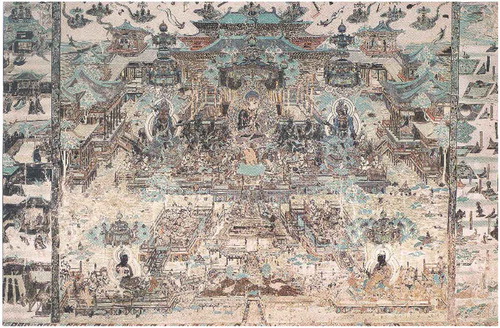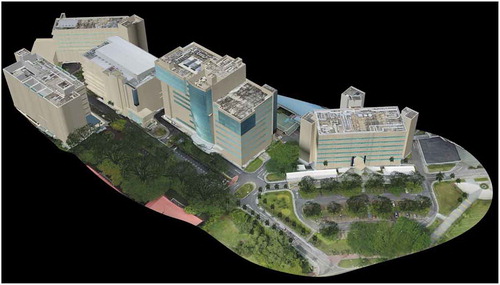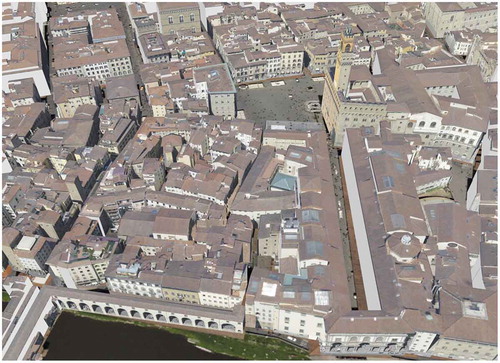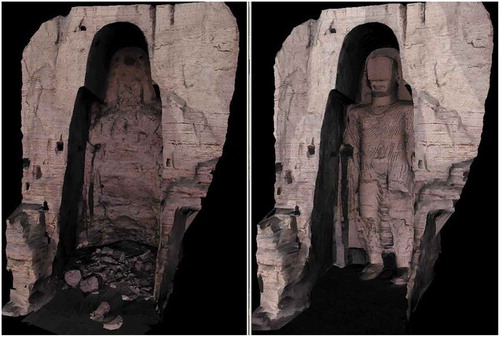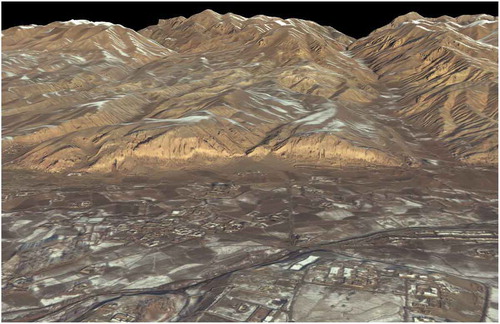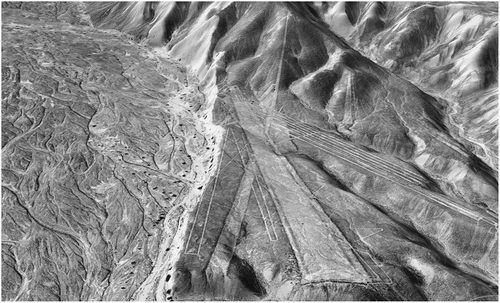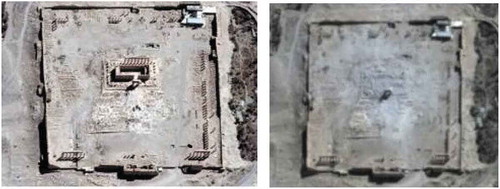Figures & data
Figure 1. The inclining (“sleeping”) Buddha in Dunhuang, China, cave 158; digital image(left) and 3D model(right), generated photogrammetrically (courtesy Prof. Deren Li, Wuhan University)

Figure 2. Terrestrial photogrammetry with the TAF photographic glass-plate camera in the Bavarian mountains and at Castle Herrenchiemsee. Theodolite observations for photogrammetric control at the Monastery Au/Inn
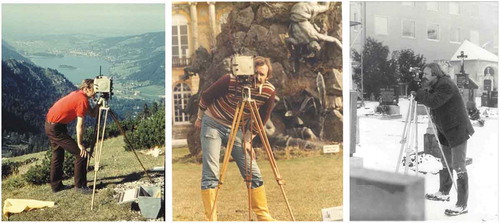
Figure 3. Phantom-3 drone (used in archeological applications at Moorea Island, French Polynesia (left) and Oblique drone image over an archeological temple site (right)
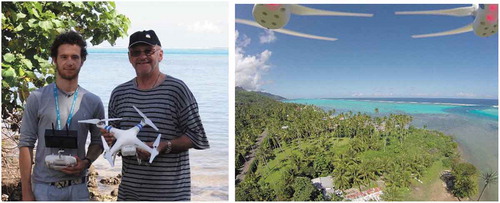
Figure 4. Collecting image data underwater with a stereo camera rig (left) and with a single camera (right) for the 3D measurement of coral growth
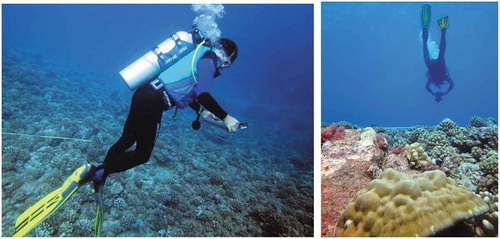
Figure 7. Small group of photogrammetrists at the SPIE Symposium on “Computer Vision for Robotics”, Cannes, 2–6 December 1985. From left: H. Haggren, A. Gruen, V. Kratky, G. Vozikis, E. Baltsavias
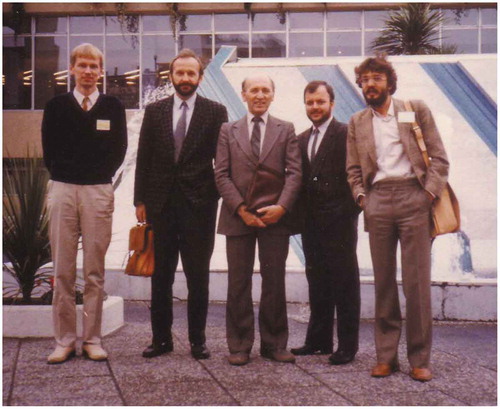
Figure 10. Pompeiian mural of the pageant of Orestes, 1st century AD. Black lines: perspective projection, white lines: approximate parallel projection
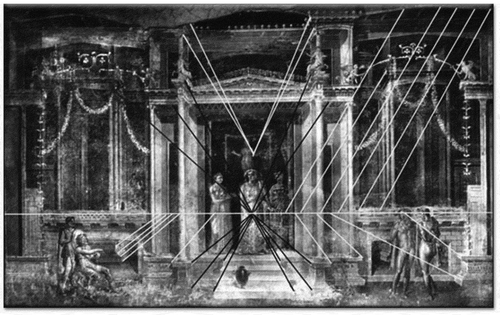
Figure 12. A realistic 3D scene generated with a “Shotbox” of 64 cameras. The humans and other objects are realistically represented, including texture. This image is made from a 3D printed scene. Courtesy museum focusTerra, ETH Zurich, Special Exhibition “Earth´s Treasures”
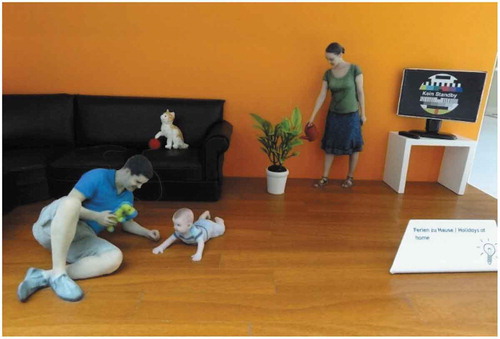
Data availability statement
There is no data related to this work.

